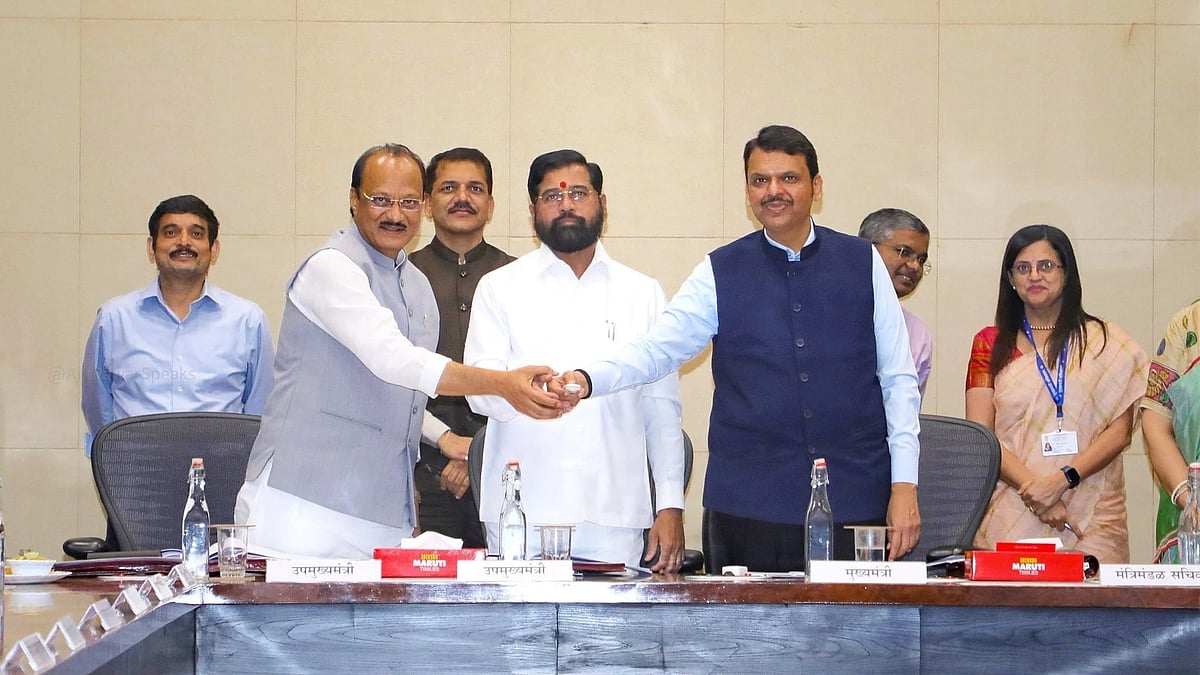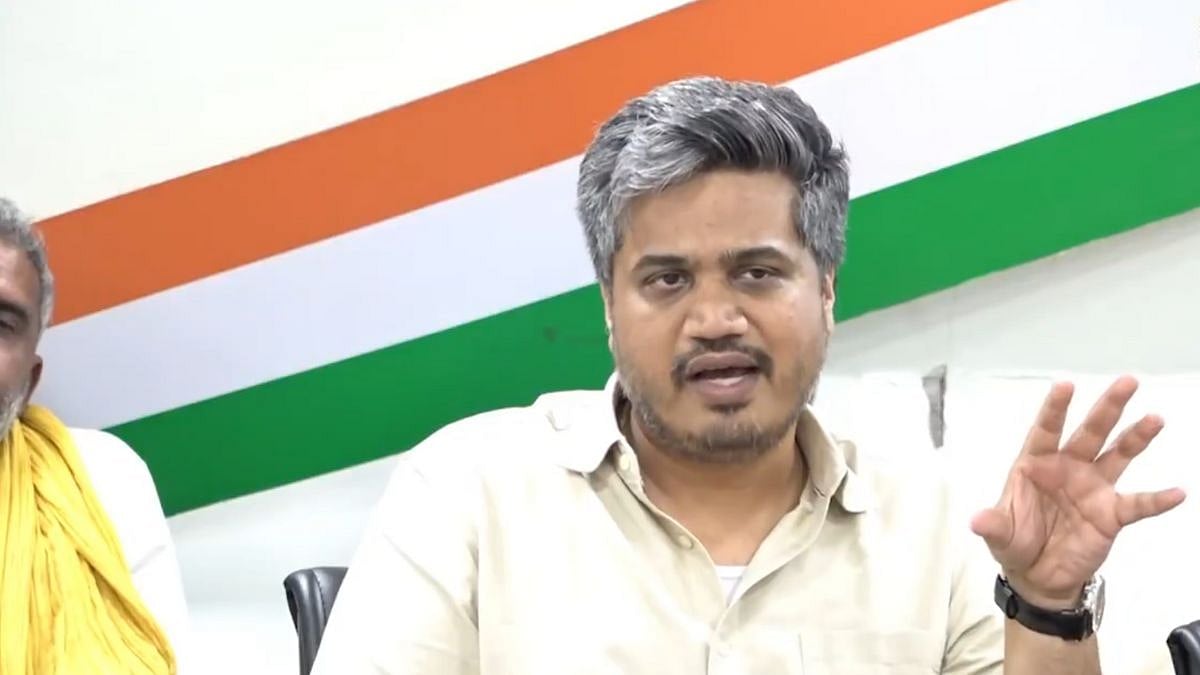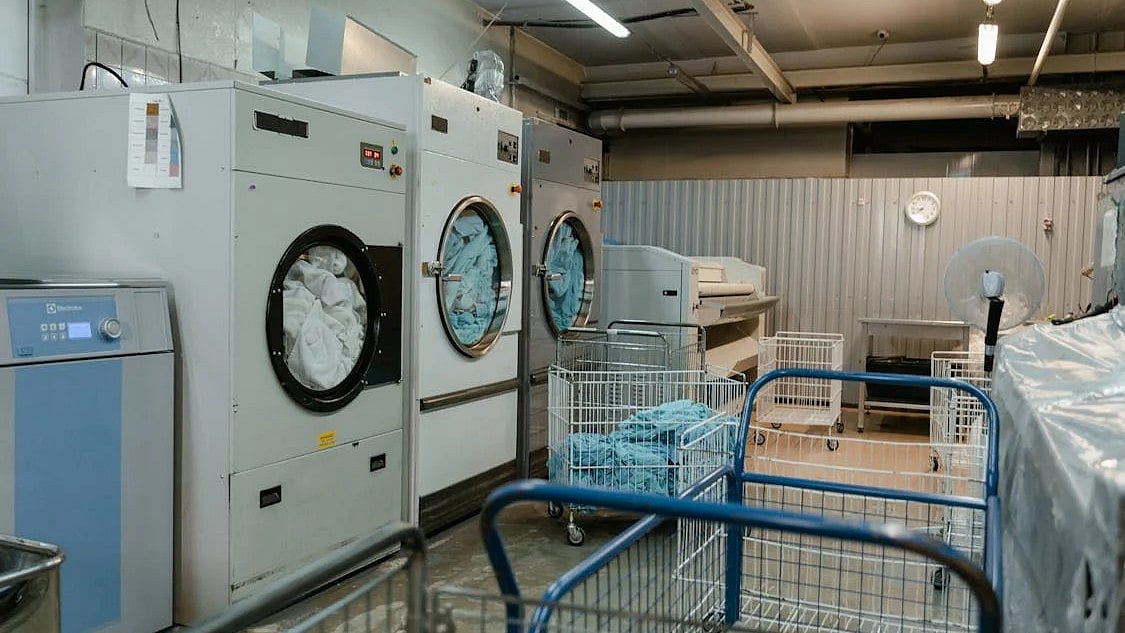Mumbai: The Maharashtra Cabinet, chaired by Chief Minister Devendra Fadnavis, has approved the ‘Vikasit Maharashtra 2047’ (Developed Maharashtra 2047) Vision Document, laying out an ambitious roadmap to transform the state into a $5 trillion economy by 2047, aligning with India’s centenary of independence.
The Cabinet also approved the establishment of a Vision Management Unit (VMU) under the chairmanship of the Chief Minister to coordinate, monitor, and ensure effective implementation of the plan.
Citizen-Led Vision for a Developed Maharashtra
The Vision Document was prepared after a statewide survey conducted by the Directorate General of Information and Public Relations (DGIPR), gathering citizens’ views, aspirations, and developmental priorities. The insights formed the foundation for an inclusive and participatory policy framework.
The initiative aligns with the Government of India’s “Viksit Bharat @2047” programme, launched during the Azadi Ka Amrit Mahotsav celebrations. Maharashtra’s goal is to make a substantial contribution toward building a “Vikasit Maharashtra for a Vikasit Bharat.”
Three-Phase Development Roadmap
Chief Minister Fadnavis had earlier announced a 100-day programme followed by a 150-day reform initiative, within which this Vision Document serves as a central component.
The roadmap is structured across three timelines:
Short-term: Up to October 2, 2029, with annual progress targets.
Medium-term: Up to May 1, 2035 (Maharashtra@75).
Long-term: Culminating on August 15, 2047 (India@100).
Comprehensive Sectoral Framework
To prepare the document, 16 sectoral working groups were formed, covering:
Agriculture, industry, services, tourism, urban development, energy, sustainability, water, transport, education and skill development, health, social welfare, soft power, governance, technology, security, and finance.
These sectors were grouped under four key pillars — progressive, sustainable, inclusive, and good governance — defining over 100 initiatives, 150 performance metrics, and 500 measurable milestones.
Progressive and Sustainable Growth Goals
The vision aims to create a progressive Maharashtra by enhancing climate-resilient agriculture, boosting farmer incomes, and reducing the rural–urban gap.
It envisions Maharashtra as a global leader in finance, manufacturing, and technology, with industries contributing over one-third of the state’s output.
In sustainability, the focus will be on slum-free cities, affordable housing, safe drinking water, multimodal transport networks, and expanding green cover to more than one-third of the state’s area. The state will also promote renewable and clean energy to ensure environmental resilience.
Inclusive Development and Soft Power Promotion
The inclusive component emphasizes equal access to education, healthcare, and jobs, positioning Maharashtra as a global talent hub through world-class education and industry-linked skill development.
It seeks to reduce premature mortality by one-third, ensure universal healthcare, and promote social equity by empowering marginalized communities. The plan also promotes heritage, cinema, arts, and sports as integral aspects of Maharashtra’s soft power on the global stage.
Good Governance and Vision Management
Under the good governance pillar, the focus is on “minimum government, maximum governance.”
The Vision Management Unit (VMU), chaired by the Chief Minister, will:
Conduct quarterly reviews of departmental progress.
Coordinate across ministries for effective execution.
Track key performance indicators using data-driven systems.
Ensure all policies align with Vision 2047 goals.
Each department will prepare detailed action plans to assess the social and economic impact of its initiatives.
Financial Strategy and Long-Term Growth
The Vision Document also outlines a financial framework focusing on restructuring operational expenses, diversifying funding sources, and increasing revenue generation to sustain growth.
With 100 initiatives, 150 metrics, and over 500 milestones, the Vikasit Maharashtra 2047 Vision seeks to build a progressive, sustainable, and inclusive economy that ensures prosperity for every citizen.
“This vision reflects Maharashtra’s determination to play a leading role in India’s journey towards becoming a developed nation by 2047,” said Chief Minister Fadnavis. “It reinforces our commitment to good governance, innovation, and equitable growth.”







